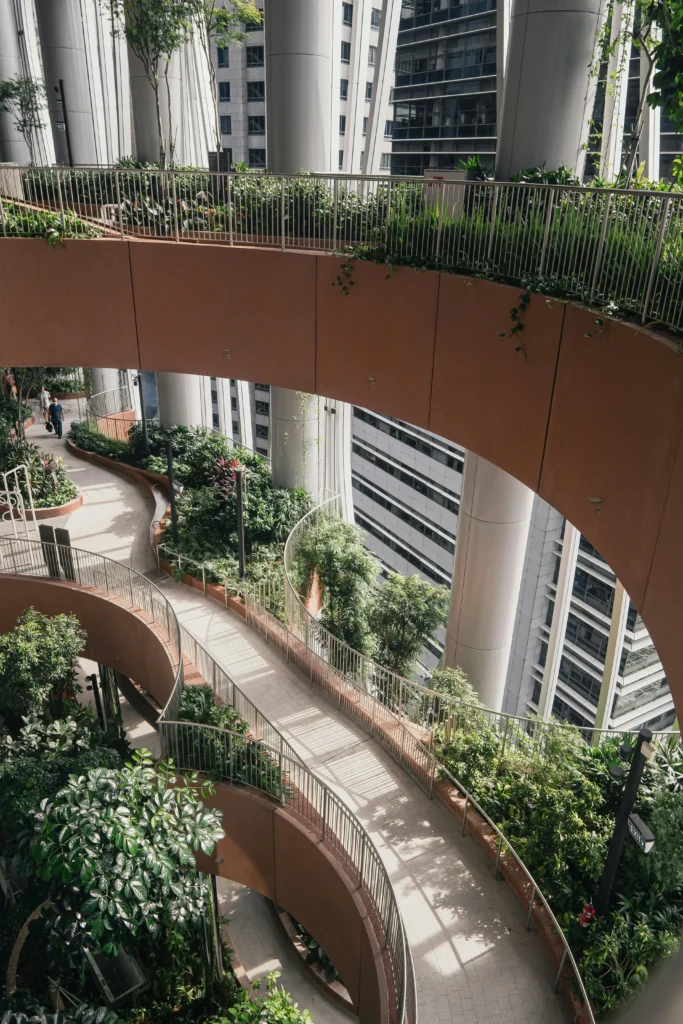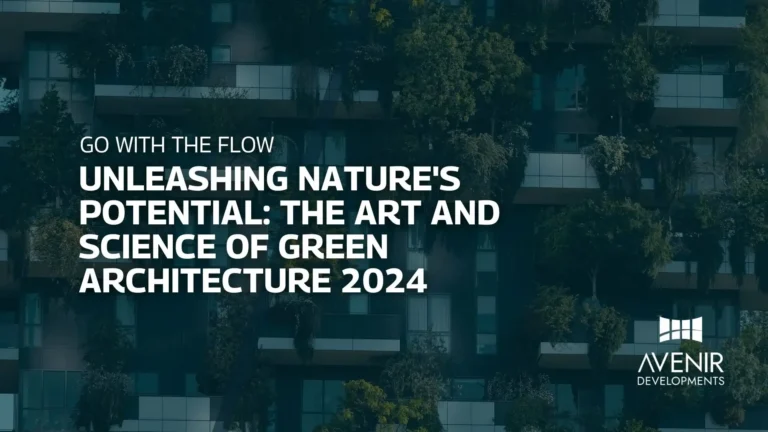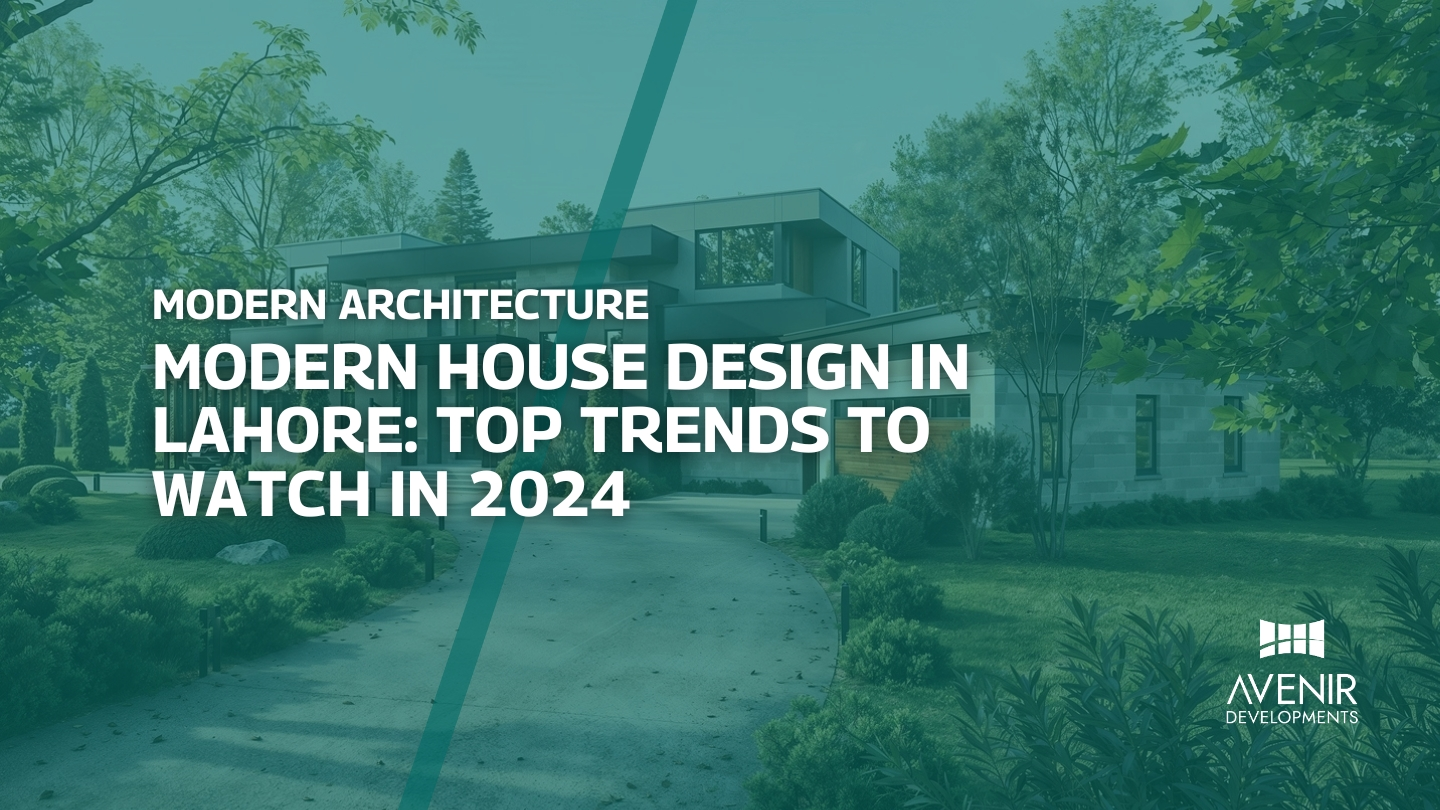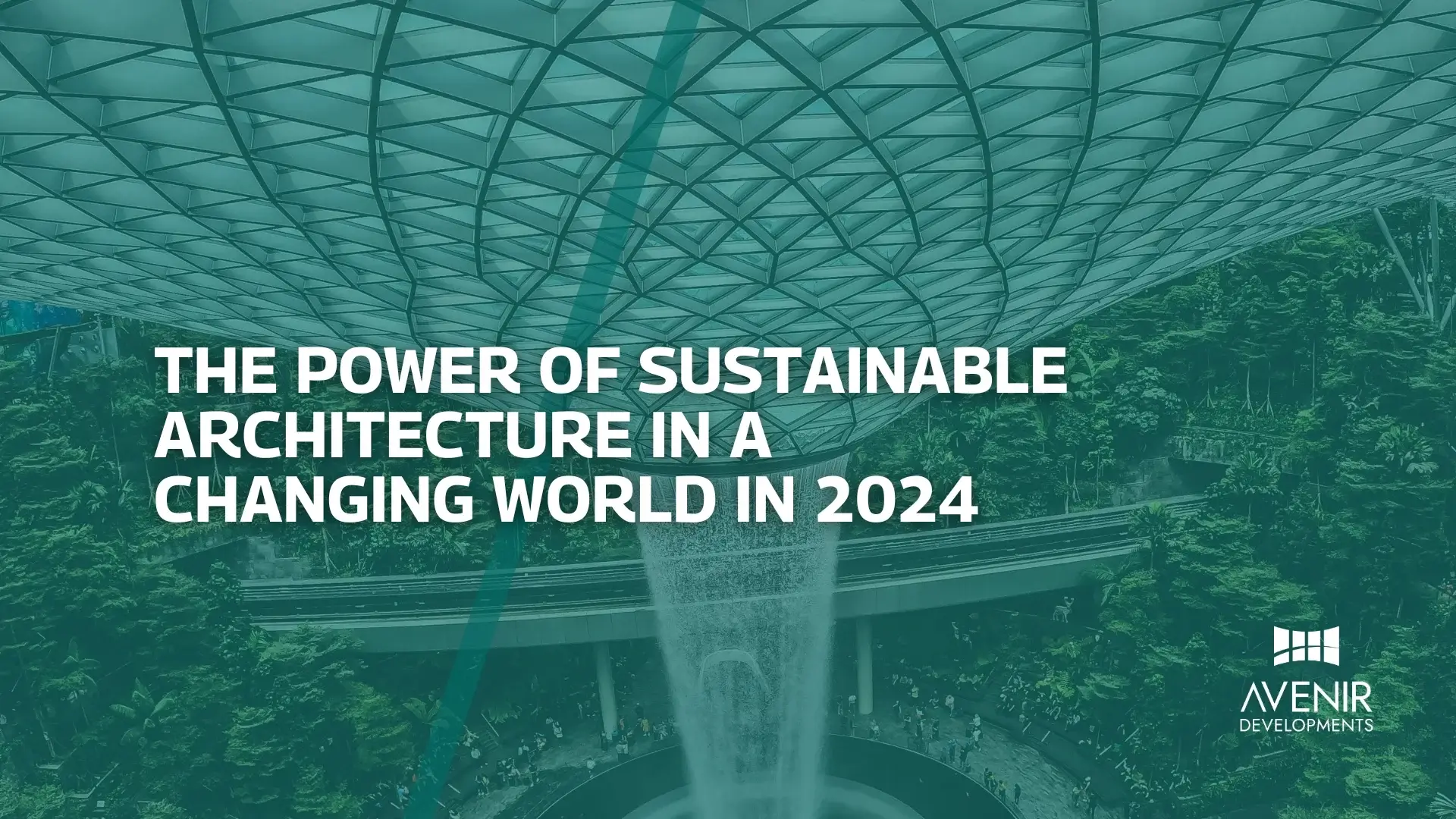Green architecture is more than just a buzzword; it’s a fundamental shift in how we design and build our world. It’s a recognition that our structures should coexist harmoniously with nature, rather than dominating it. I’ve spent countless hours on construction sites, from the bustling metropolises of Lahore and Islamabad to the serene landscapes of our country. I’ve witnessed firsthand the transformative power of architecture, both its potential to uplift and its capacity to harm. It’s this deep-rooted passion and experience that drives my commitment to sustainable design.
In this article, we’ll delve into the intricacies of green architecture, exploring its history, benefits, challenges, and the path forward. We’ll uncover the science behind energy-efficient buildings, the art of creating living spaces in harmony with nature, and the practical steps you can take to embrace sustainability.
The Evolution of Green Architecture
Green architecture isn’t a recent fad; it’s a return to principles that have been practiced for centuries. Ancient civilizations, from the Egyptians to the Mayans, incorporated elements of sustainable design into their structures. They harnessed natural light, ventilation, and materials with a deep understanding of their environment.
However, the industrial revolution marked a departure from these harmonious practices. The rise of steel, concrete, and fossil fuels transformed our cities, but at a significant environmental cost. It wasn’t until the latter half of the 20th century that concerns about pollution, resource depletion, and climate change began to reshape our approach to building.
Pioneering architects and engineers started experimenting with solar energy, passive design, and recycled materials. The concept of “cradle-to-cradle” design emerged, emphasizing the circular economy of materials. Gradually, green architecture gained traction, with governments, corporations, and individuals recognizing its importance.
Today, green architecture is no longer a niche concept; it’s a mainstream pursuit. Buildings that once consumed vast amounts of energy are now being designed to generate their own power. Materials are being sourced responsibly, and the focus on indoor air quality has never been stronger.

The Green Architecture Revolution
The world is undergoing a rapid transformation, with sustainability at the forefront of global agendas. Green architecture is a cornerstone of this shift, and its impact is being felt across the globe. From the towering skyscrapers of metropolises to the humble abodes in rural Pakistan, the principles of sustainable design are gaining traction.
Global Trends in Green Architecture
The global green building market is experiencing unprecedented growth. Countries like the United States, Germany, and the United Kingdom have been pioneers in this field, with stringent regulations and incentives driving the adoption of sustainable practices. However, developing nations like Pakistan are also making significant strides.
The integration of renewable energy sources, such as solar and wind power, into building designs is becoming increasingly common. Additionally, there’s a growing emphasis on energy efficiency, with architects and engineers focusing on optimizing building orientation, insulation, and ventilation systems.
Green Architecture in Pakistan: Challenges and Opportunities
While Pakistan has immense potential for green architecture, several challenges persist. The lack of awareness, stringent building codes, and limited access to sustainable technologies are some of the key hurdles. However, the increasing frequency of extreme weather events, such as floods and heatwaves, is driving a shift in mindset.
There’s a growing recognition of the economic benefits of green buildings, including reduced energy costs and improved property values. Government initiatives and policies are also playing a crucial role in promoting sustainable construction practices. For instance, the government’s focus on affordable housing presents a significant opportunity to incorporate green building principles from the outset.
The Role of Technology
Technological advancements have been instrumental in the evolution of green architecture. Building Information Modeling (BIM) has revolutionized the design process, enabling architects in Lahore and worldwide to simulate building performance and identify energy-saving opportunities. Additionally, the Internet of Things (IoT) is empowering building occupants to monitor and control energy consumption.
Emerging technologies like artificial intelligence and machine learning are also contributing to the development of smart buildings that can adapt to changing conditions and optimize performance.
By staying abreast of these trends and leveraging technology, Pakistan can position itself as a leader in sustainable building practices.
Frequently Asked Questions About Green Architecture
Green architecture is a complex field with many questions. Let’s address some of the most common ones.
Is green architecture more expensive than traditional construction?
While there may be initial upfront costs associated with green building materials and technologies, the long-term savings on energy and maintenance often offset these expenses. Additionally, green buildings tend to have higher property values, providing a strong return on investment.
What are the benefits of green architecture for homeowners?
Beyond environmental benefits, green homes offer improved indoor air quality, reduced utility bills, increased comfort, and enhanced property values. They also contribute to a healthier and more sustainable community.
How can I make my existing home greener?
There are several steps you can take to improve the sustainability of your home. Energy-efficient upgrades like insulation, new windows, and LED lighting can make a significant impact. Additionally, incorporating water-saving fixtures, reducing waste, and optimizing your home’s orientation for natural light are effective strategies.
What are the different green building certifications available?
Several certification systems assess the environmental performance of buildings. LEED (Leadership in Energy and Environmental Design) is the most widely recognized, but other options include BREEAM (Building Research Establishment Environmental Assessment Method), Green Star, and Living Building Challenge.
Are there government incentives for green building in Pakistan?
While Pakistan is still developing its green building incentives, there is growing recognition of the importance of sustainable construction. It’s essential to stay updated on government policies and programs as they evolve.
Can green architecture be applied to all building types?
Absolutely. Green building principles can be applied to residential, commercial, industrial, and institutional buildings. The specific strategies may vary depending on the building’s function and location, but the core concepts remain the same.
How does green architecture impact the local economy?
Green building projects can stimulate local economies by creating jobs in construction, manufacturing, and related industries. Additionally, they can contribute to energy savings, reducing the overall economic burden.
By addressing these frequently asked questions, we can dispel myths and provide clear information about the benefits and practicality of green architecture.
Expert Tips for Embracing Green Architecture
Drawing on my two decades of experience in the architecture and construction industry, I’ve distilled key principles for those looking to embark on a green building journey.
Prioritize Passive Design
Before considering complex technological solutions, focus on harnessing natural elements. Proper site orientation, shading, ventilation, and daylighting can significantly reduce energy consumption. In Pakistan’s diverse climate, understanding regional nuances is crucial. For instance, courtyard houses in Lahore offer natural cooling, while windcatchers in Balochistan provide ventilation.
Embrace Local Materials
Using locally sourced materials reduces transportation emissions and supports the local economy. Explore traditional building techniques that have evolved over generations to suit the region’s climate. Incorporating indigenous materials can also create a strong sense of place.
Invest in Energy Efficiency
While renewable energy is essential, energy efficiency should be the foundation of any green building. Proper insulation, air sealing, and high-performance windows can drastically reduce energy consumption. Consider incorporating smart technologies for efficient lighting and HVAC systems.
Cultivate Green Spaces
Green roofs and vertical gardens not only enhance aesthetics but also improve air quality, reduce stormwater runoff, and provide insulation. Integrating nature into the built environment is essential for human well-being.
Collaborate and Educate
Green architecture is a collaborative effort. Engage with clients, contractors, and suppliers to foster a shared commitment to sustainability. Educate the community about the benefits of green buildings through workshops, seminars, and public outreach programs.
Embrace Innovation
The field of green architecture is constantly evolving. Stay updated on the latest technologies, materials, and design trends. Experiment with new ideas and approaches while maintaining a focus on practicality and cost-effectiveness.
By following these guidelines, you can contribute to a greener, healthier, and more sustainable built environment. Remember, every step counts, and even small changes can make a significant impact.
Conclusion: A Greener Future
Green architecture is more than just a trend; it’s a necessity. By embracing sustainable design principles, we can create healthier, more resilient, and energy-efficient buildings. While challenges remain, the potential benefits are immense.
From reducing our carbon footprint to enhancing occupant well-being, green architecture offers a holistic approach to building design. It’s a testament to human ingenuity and our ability to coexist harmoniously with nature.
Let’s work together to build a greener future.
If you’re ready to embark on your green building journey, Avenir Developments is here to assist you. Our team of experienced architects, interior designers, and builders is committed to creating sustainable spaces that reflect your vision. Contact us today to discuss your project and explore the possibilities of green architecture.
Call us at +923001101103 or visit our website to learn more.
By choosing Avenir Developments, you’re not just investing in a building; you’re investing in a better world.
Read More: Greening Our Cities: How Trees and Urban Forests Can Help Restore Groundwater Levels






